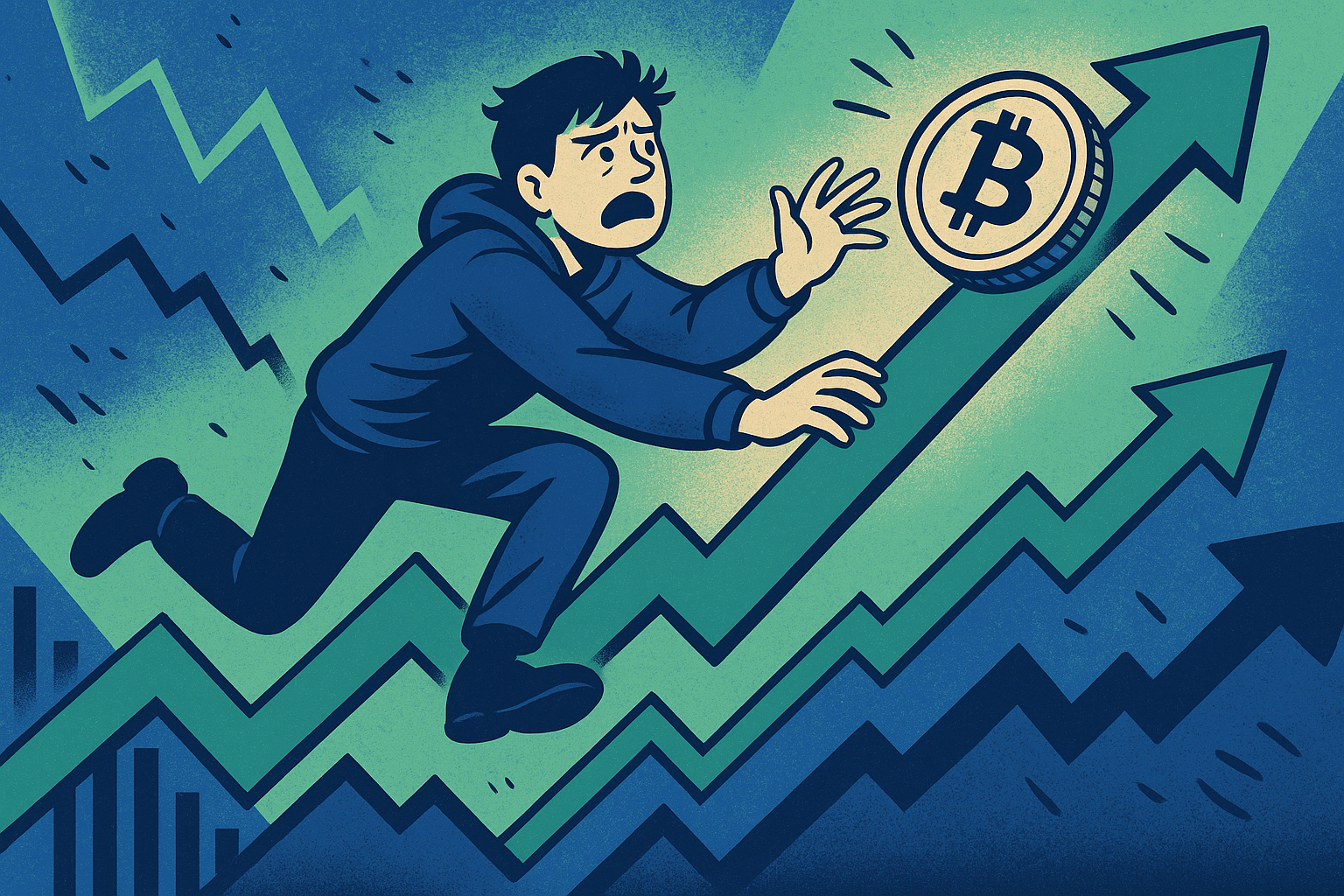I still remember 2017’s rooftop parties in Gangnam, where everyone and their cousin was bragging about Kimchi Premium—that weird moment when Bitcoin traded 20% higher on Upbit than on Coinbase. Back then the narrative was tech utopia: blockchain would fix remittances, gaming, supply chains—you name it. Fast-forward to 2024 and the vibe in South Korea has done a complete 180. The kids aren’t talking about smart contracts anymore; they’re talking about survival.
Here’s What Actually Happened
According to numbers floated by Yonhap last week, youth unemployment for Koreans aged 15-29 is hovering around 7.1%. Factor in the so-called ‘discouraged workforce’—those who’ve stopped even looking—and private analysts push that figure closer to 22%. Meanwhile, Seoul apartment prices have doubled since 2016. In other words, a fresh grad at ₩2.4 million monthly (about $1.8k) can forget about a mortgage until the next Halley’s Comet.
Enter crypto. Professor Park Jong-hyun of Korea University went on KBS Radio this month claiming that
“nearly 40% of retail inflows on local exchanges now come from users under 30, compared with 26% in 2020.”He didn’t sound thrilled—called it a ‘last-chance casino.’ Honestly, I can’t blame him.
Why I’m Not Cheering with the Rest of Crypto Twitter
Everyone on CT is celebrating ‘mass adoption.’ I think they’re missing the sub-text. We’re not seeing a sudden enlightenment about trustless ledgers; we’re witnessing economic despair dressed up as financial innovation. When a 25-year-old drains their paski passbook to YOLO into Pepe-KRW, that’s not bullish, that’s desperation.
Now here’s the interesting part: South Korea already ranks top-three globally in daily crypto volume relative to GDP. Upbit alone clocked $3.7 billion in 24-hour volume last Tuesday—eclipsing KOSDAQ. Yet household debt is at a record 105% of GDP. So we’ve got margin loans fueling meme-coin punts while wages stagnate. Sounds eerily like 2008, just with Discord servers instead of boiler rooms.
Wait, Haven’t We Seen This Movie Before?
Remember Terra? Yeah, the algorithmic stablecoin dream cooked up by fellow Korean Do Kwon that nuked $40 billion overnight. I lost a small bag myself—lesson learned about ‘risk-free yields.’ The irony: many young Koreans got burned there yet dove right back in. Trauma amnesia feels cheaper than rent, I guess.
I’ve noticed the same pattern in Kakao chatrooms: new traders obsess over 10-second candles, not whitepapers. They use Binance Futures calculators like slot-machine odds tables, bragging about 50x longs on SUI or JASMY. Nobody’s discussing Nakamoto Consensus or EIP-4844. It’s purely, “I need 5 million won before my student-loan deferment ends.”
But Is This Really Different from the West?
Good question. U.S. millennials also chase Doge when rents soar, right? True, yet there’s a cultural twist. In Korea the social contract once guaranteed stability: study > Samsung job > jeonse deposit > marriage. Crypto is essentially hacking that life-script. The speedrun mentality is stronger because the traditional ladder has missing rungs.
Plus, local exchanges offer KRW pairs for hundreds of low-cap tokens. No OTC desk needed, no ACH delays—just toss ₩50,000 from K-bank and you’re scalping at lunchtime. That accessibility, while great for ‘inclusion,’ makes FOMO an institution.
Tangential Thought: The Regulator’s Dilemma
Financial Services Commission (FSC) officials swear a new licensing regime will go live by Q3. I’m skeptical. Politicians do not want to anger 6 million retail traders before April’s parliamentary elections. My hunch: enforcement will stay lax, marketing budgets will explode, and more students will skip ramen to pay gas fees.
Where Does This Leave Your Portfolio?
If you’re outside Korea, you might shrug—local anecdote, global irrelevance. I’d push back. Korea often front-runs retail sentiment. The 2021 NFT craze? Koreans were farming on KLAY way before Reddit avatars. If Korean youth are treating crypto as a hail-mary retirement plan, that tells me speculative froth is far from rinsed out.
In my experience, when participation is driven by necessity rather than conviction, capitulation comes faster once the trade turns south. That could mean steeper drawdowns in the next risk-off event. I’m allocating accordingly: stacking sats, hedging with on-chain options via Aevo, and trimming anything that smells like “community token.”
So What Should We Do About It?
I’m not calling for paternalistic bans. But maybe, just maybe, exchanges could nudge users toward actual education instead of splash screens for 125x ETH Perps. Even a mandatory quiz on impermanent loss could save a few wallets. Unrealistic? Sure. But so was a decentralized ledger 15 years ago.
And to my Korean readers under 30: don’t let crypto become your only Plan B. Skill-stacking, remote gigs, even old-school index funds still work. Crypto should be a calculated risk, not a lifeline.
Final Take—Call to Action
Everyone’s popping champagne over ‘record inflows,’ but I’m seeing a flashing neon sign that reads Systemic Fragility Ahead. If you’re trading from Busan or Boston, ask yourself: are you investing in tech or escaping an economy that no longer serves you? The answer matters because when desperation fuels price action, liquidity dries up the moment hope returns elsewhere.
So do the uncomfortable homework. Run on-chain analytics on Glassnode, set stop-losses on Bybit, and—most importantly—talk to younger traders outside your bubble. Their stories might change your allocation quicker than any chart pattern.



